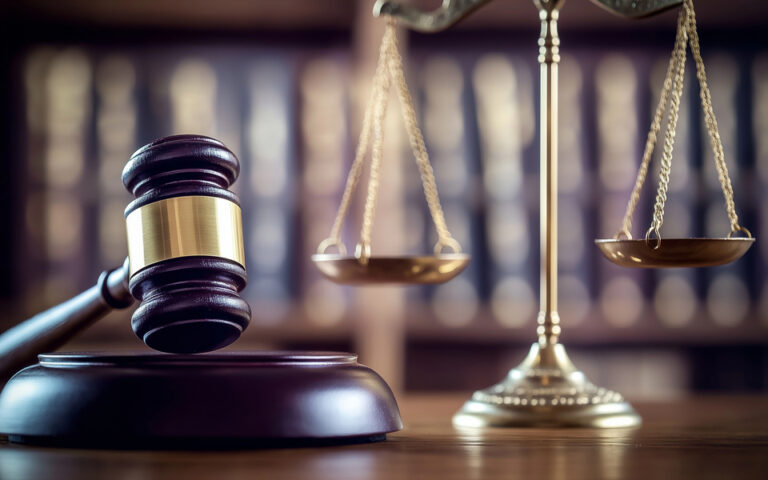This article was first published in the Financial Mail on 17 July 2025.
At the end of March 2025 summons was issued in the KwaZulu-Natal High Court by Toyota South Africa against Transnet, the provincial MEC for transport & human settlements, and the eThekwini municipality.
The case relates to the catastrophic floods in KZN in April 2022, during which, according to the court papers, “the structural integrity of the Umlaas canal and the diversion berm (for the Mlazi River) were compromised”, causing uncontrolled stormwater flow into Toyota’s Prospecton industrial area.
The case alleges that the defendants owed a duty of care to take all reasonable steps to ensure that the canal and the diversion berm were functioning properly to prevent the flooding of Prospecton, and that they “wrongfully and negligently” failed to ensure that regular maintenance was conducted.
As a direct result, the papers allege, Toyota suffered about R6.5bn in damages and costs.
Toyota South Africa says the claim for recompense was initiated by its insurer, Tokio Marine & Nichido Fire Insurance Co, in a “subrogated recovery action”.
In a country where municipal infrastructure is crumbling almost everywhere, it is no surprise that critical flood infrastructure was neglected, and the damage to the Prospecton plant was indeed unprecedented. But this is not quite as straightforward a case of poor governance causing loss to an innocent corporate victim as it may seem.
The effects of the 2022 floods were severe. While Toyota has quantified the loss and damage that it suffered as a result, there has been no such quantification of the loss and damage suffered by the hundreds of thousands of people, mostly poor, who were directly and indirectly affected. At least 443 people died, almost three times as many as have died in the recent flooding in Texas in the US, which made global headlines.
A peer-reviewed study published by World Weather Attribution found that “the probability of an event such as the rainfall that resulted in this disaster has approximately doubled due to human-induced climate change”.
Self-evidently, local government has a responsibility and duty of care to ensure that critical infrastructure is properly maintained to limit damage during catastrophic weather events. But Toyota and Tokio Marine are both global players with significant climate impacts: road transport is responsible for about 12% of global greenhouse gas (GHG) emissions, and the insurance industry has a pivotal role in tackling climate change through its underwriting, investment and risk-management activities. Are Toyota and Tokio Marine fulfilling their own duty of care?
A 2021 InfluenceMap report identifying “the world’s most obstructive corporates and industry associations holding back Paris Agreement-aligned climate policy” cited Toyota as the third most obstructive company globally, after ExxonMobil and Chevron.
Toyota scores a D on InfluenceMap’s climate policy engagement tool, which finds that “Toyota has negative, strategic engagement on GHG emissions and fuel economy standards for vehicles globally”.
A January 2025 report by Public Citizen, a nonprofit consumer advocacy organisation in the US, calculates that over the past three US electoral cycles, “Toyota has become the top auto industry financier of climate deniers” and the carmaker “most aggressively opposed” to electric vehicles.
The global Insure Our Future campaign scores Tokio Marine 1.4 out of 10 for the strength of its fossil fuel policy, noting that the insurer continues to underwrite fossil fuel projects across the world, and that it still permits insurance for new oil and gas projects.
In short: the fossil fuel-underwriting insurer of a global company that is a significant contributor to GHG emissions and is actively working to prevent policy efforts to combat climate change is suing to recover costs incurred because of a severe weather event that was almost certainly made more likely by human-induced climate change.
The KZN MEC for transport & human settlements, Siboniso Duma, has told media that “a strong team of legal minds” is being assembled to “guide” the defendants in the lawsuit.
In what is likely to be only the first of many such lawsuits in South Africa, it is a chilling irony that the taxpayers who have already suffered untold loss and damage due to shockingly poor governance will now also have to foot the bill for the government’s legal costs — likely to run into tens or even hundreds of millions of rand — to defend a suit filed by companies also at least partly responsible for the devastation.
IMAGE: Getty






